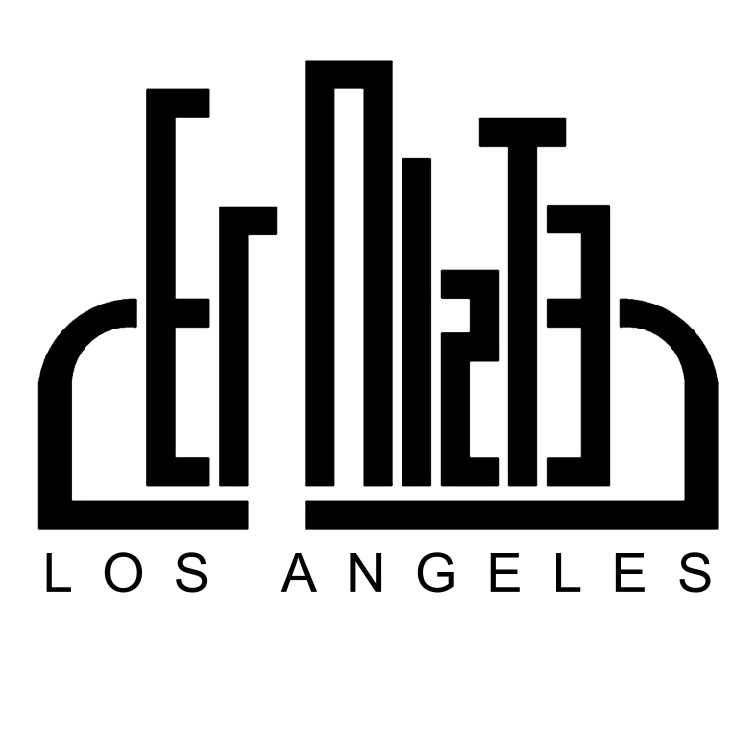Yiddish in Denver
I have a particular research question: what, if any, Yiddish music existed in Denver in the 20th century? This question is extremely specific and has gone, mostly, unlooked at by other researchers (the notable exception being research done into the works of Lipa Feingold, a Yiddish and cantorial composer who lived in Denver from 1907-1925 and later moved to New York to work on Tin Pan Alley). On the one hand, this leaves the door wide open for the work I'm currently doing on the topic. On the other, I can't help but wonder if anyone will even care about the answers that I'm finding.
When I was growing up, I didn't hear anything about Denver and Yiddish. I thought that there was nothing, and that to really experience Yiddish, you needed to go to New York. I knew, of course, that my great-grandfather was a Yiddish speaker and music educator, and I knew that he had lived in La Junta, a small town on the southeastern plains that's only famous for its tarantulas (no, seriously, look it up), but somehow I thought he must have been an outlier. It wasn't until I was an adult that I started connecting the dots and realized that that was simply impossible.
Certainly, Denver currently has a fairly robust Yiddish cultural scene considering the size of the Jewish community, with monthly Yiddish and Balkan performances/jam sessions under the moniker "Festo Festo," and a yearly klezmer festival called KlezKolorado. Local musician Hal Aqua continues to front his long-running band The Lost Tribe, a klezmer fusion band, and previously fronted Los Lantzmun in the early aughts; slightly younger bands Mish Mish, Hadgaba, and Gora Gora Orkestar both represent Balkan, klezmer, and other styles of world music on a regular basis. It's just incredibly frustrating to not have more information about the performances of the city's past. It's not helped by the fact that most of my sources, at the moment, are brief advertisements found in the Intermountain Jewish News. These tantalizing glimpses into the past clearly demonstrate that Yiddish culture was present in Denver. Unfortunately, they don't tell me much more than that.
I'm definitely in the midst of a research slog at the moment, sorting through over 7,000 entries for the query "Yiddish" in the digital Colorado Historic Newspapers archive in an effort to not to miss anything. It's frustrating, it's painful, and so far, it's a bit demoralizing. So, why should I do all of this? What's the point in digging up an obscure past that even the participants believed was small and constantly on the verge of death?
Well, honestly, I have a bone to pick with the popular story of Yiddish in the United States. The idea that the only community that matters, that really has an authentic connection to the Yiddish music of Europe and a claim to a robust Yiddish past, is New York City drives me nuts. New York City, of course, has a large and vibrant Jewish community and, of course, it hosts the vast majority of Yiddish events in the United States. It always has, and I'm not contesting that. What I'm contesting is the idea that Yiddish is dead outside of New York, and that the small Jewish communities of the West barely contributed to Yiddish culture in the United States, if they contributed at all.
The truth about Denver is that Yiddish culture ebbed and flowed, but it never died. As the local 303 Farband chapter eloquently said in an advertisement in the Intermountain Jewish News in 1968, "Yiddish is a flame which flickers but refuses to die." There were Yiddish performances by local Denver artists frequently from 1899 right up until the present day. Hy Settle and His Music Men played klezmer for weddings, New Year's parties, and dances from 1955 until the 70s at least. Denver hosted its own Yiddish theater in the 1920s and brought in traveling troupes (including Boris Thomashefsky and Maurice Schwartz) to give Yiddish-language performances to wildly enthusiastic audiences of 700 or more once a year until 1975, and the Klezmatics visited in the 1990s. Yiddish classes were taught, Yiddish lectures were given, several Workmen's Circle branches thrived, women dominated the local performance scene, and the 303 Branch of the Farband was the last formal Yiddishist socialist organization to peter out in 1975. Yiddish art song found a foothold in the 1960s, and in the 1980s, Osi Sladek's Shir-Ami singers carried the torch. All of this is just in Denver, not even touching the homegrown Yiddish theater of Albuquerque in the late 60s, or the performances of Yiddish music in Arvada, Granby, Cheyenne, Aspen, and other small towns and cities in the region.
So, why should we care about Denver's Yiddish past and present? Ultimately, what I've found so far is evidence that, while it struggled in the 1980s, 90s, and aughts, the Mountain West never lost its Yiddish culture. In fact, in my opinion, Denver (and other cities in the Mountain West, like Albuquerque) may serve as a model for what success can look like in terms of navigating the continued pressures of assimilation and creating a Yiddishist scene that works for the future. At the heart of it all is a real love for community, and caring about creating great spaces for ourselves and others.
